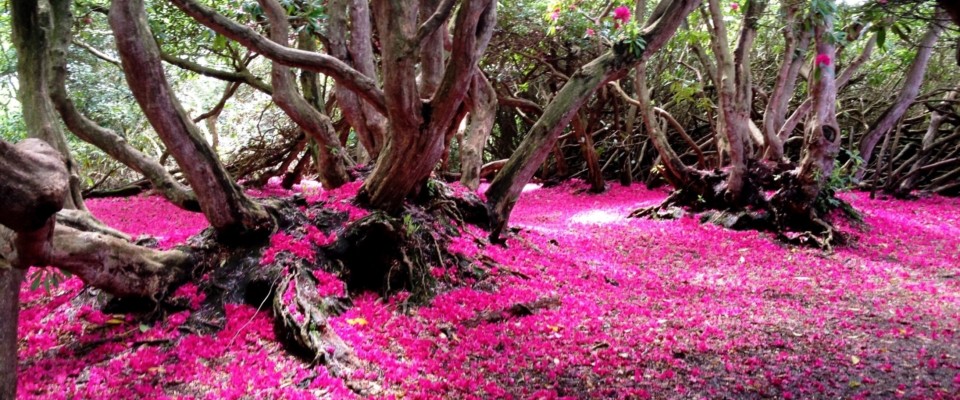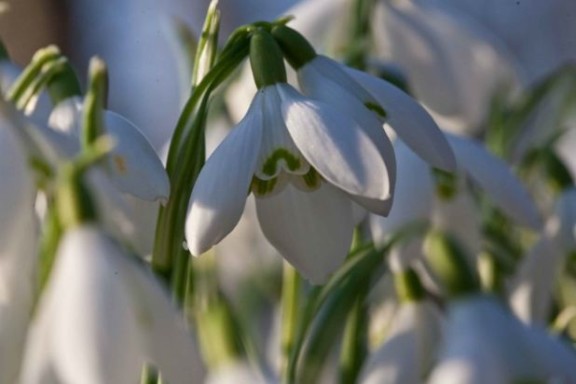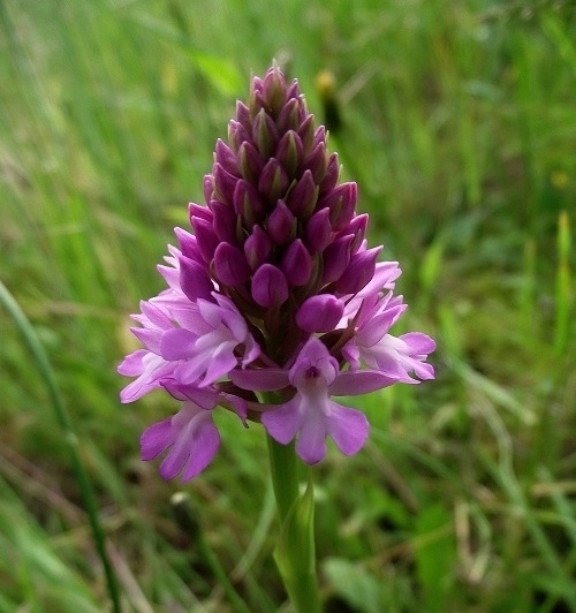There are so many reasons to visit Norfolk and one very good one is to discover its rich variety of flowers in woodlands and fields. From dainty snowdrops, to bright bluebells and multi-coloured rhododendrons to sea lavender, it is here where you will find rare beauties and carpets of flowers. These are our top picks for wildflower walks in Norfolk.
Snowdrops
Galanthus: Greek for ‘milky flower’
Mid-winter
No one’s quite sure how they popped up here, but there are 20 species of wild snowdrops in the UK and hundreds of cultivated ones. Walsingham’s Abbey Grounds is a top spot with nearly 20 acres of snowdrop covered woodland and is open for snowdrop walks daily from February to March depending on the season.
Snowdrops thrive here on the humus-rich soil of its deciduous woodland that remains full of light even in late winter/ early spring. Most of what you’ll see is the common ‘galanthus nivalis’ but there is also the common double ‘flore pleno’.
Bluebells
Hyacinthoides non-scripta
April / May
A springtime stroll through Blickling’s back garden will inevitably take you through a catalogue of seasonal delights: snowdrops, hellebores, crocuses, narcissi and tulips. But not much beats the sight of the millions of bluebells at Blickling’s Great Wood. It is the most stunning sight of bluebells I’ve ever seen! To celebrate the bluebell season, every year for four weeks (April/May) Blickling holds events and lights the house blue in the evening. According to Kew Gardens the ‘hyacinthoides non-scripta’ is native to Western Europe and almost half the global population is found in the UK!
Rhododendron
Spring to May
Sheringham Park is home to the most complete work of the last great 18th century landscape designer Humphrey Repton. The wild flower garden he created has two special viewing platforms which will enable you to take in over 80 species of rhododendron and azalea. The colours are so rich and at the first viewing platform it is even magical when the leaves have covered the ground (pictured on the right). Tours with the head gardener are held every Tuesday in May (dates TBC for 2019. For these events, please go to the visitor centre and book on the day).

Orchids
Early summer
Norfolk has many sites where they may be found, though perhaps after careful searching. As plants they can be somewhat fickle year by year; they may turn up in hundreds or arise in complete isolation. A place worth looking for the pyramidal orchid (image on the left) is along the dunes from Holkham to Holme (Norfolk Trails is a good site to plan your walk). The easiest orchid to find is the common spotted. But perhaps our most spectacular orchid is the Pugsley’s marsh orchid; a vibrant purple flower which is much loved by the bees. To see a variety of orchids go to Beeston Common near Sheringham. You’ll be impressed by the sheer number of them!
(This part was contributed by Holt resident Bob Ward)
Sea lavender
July to October - Read more here
To see a marsh painted mauve with thousands of sea lavender flowers, I guide you to one of the most beautiful coastal spots in Norfolk: Burnham Overy Staithe. Its beach is an oasis and on your way to this paradise you will stumble on this wonderful purple sight on a late summer’s day…
Set off to the right through the gate and follow the surfaced pathway on the dunes. Each time I’m on the red gravel path my to-do list fades… Smell the silty fresh air and take in the 360 degree view from atop the elevated walkway which leads you to stunning vistas. The stroll to the sea lavender and beach can take some 30-40 minutes depending on your pace.
When you edge closer to the dunes on your right you’ll see this marvellous ‘purple lake’. Then do carry on to the beach as you are just five minutes away from a breath-taking view!
Article and images by Lesley van Dijk, Editor Norfolk Passport



